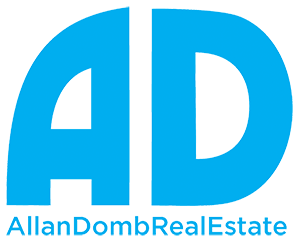Investing in rental property can be a vital part of a long-term financial strategy. Especially in a city like Philadelphia, where rentals are in high demand, building out your property portfolio can create ongoing opportunities for wealth. However, it’s important to invest in the right properties, which you can determine by conducting a rental property cash flow analysis.
Rental Property Cash Flow Analysis in 5 Steps
A rental property cash flow analysis allows you to weigh the property’s income and expenses, to see just how much cash flow you can expect from the property. There are five primary steps to a rental property cash flow analysis.
- Gross income: Determine all of the income you will have coming your way. In a single-family unit, it may simply be one rental rate, but multi-property facilities should factor in all income and other fees.
- Expenses: Calculate all expenses related to the property, such as property taxes, insurance, maintenance, and utilities. Then deduct that figure from the gross income.
- Debt service: Make sure you factor in any mortgage or private investment payments you will have to make and subtract these from the total.
- Calculate the difference: After you finalize all of the incomes and expenses, you will be able to determine the final cash flow.
- The 1% Rule: A shortcut for a rental property cash flow analysis is using the 1% Rule, which says a rental rate should be at least 1% of the purchase price of the property. The higher the rate is in relation to the purchase price, the more cash flow the investor can expect.
6 Ways to Increase Cash Flow From Rental Properties
There are a number of options for how to increase cash flow from a rental property. Follow this step-by-step guide to make the most of your investment.
- Research the rental market: Explore the area you want to invest in, keeping an eye on the local economy, demand for rentals, and positive growth in the labor force in the area.
- Location first: Determine the neighborhood you have your sights set on before setting off on a property search to ensure you’re not casting too wide a net. Then search online property listings, look for “For Sale” signs, and explore real estate resources for cash flow properties for sale.
- Use a buyer’s agent: Especially if you’re a first-time investor, an experienced real estate agent can help negotiate the best sale terms.
- Conduct a rental property cash flow analysis: Follow the five steps above to understand income versus expenses.
- Determine the rental rate: Set a rate that will allow you to have a positive cash flow but that is still average for the neighborhood in order to attract and retain quality residents.
- Support your tenants: Establish good relationships with your tenants to avoid turnover, which cuts into your cash flow. Be friendly, check in, ask for feedback, and keep on top of maintenance and repairs in order to retain your residents.
Contact Allan Domb Real Estate at 215-545-1500 to learn more about the most luxurious neighborhoods in Philadelphia and find upcoming open house listings.
